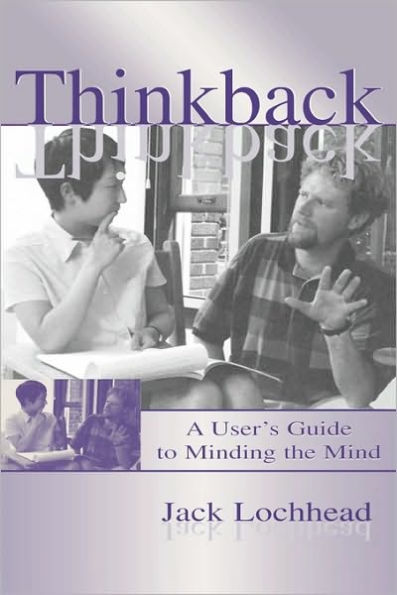5
1
9780805833423



Thinkback: A User's Guide to Minding the Mind / Edition 1 available in Paperback, eBook

Thinkback: A User's Guide to Minding the Mind / Edition 1
- ISBN-10:
- 0805833420
- ISBN-13:
- 9780805833423
- Pub. Date:
- 07/01/2000
- Publisher:
- Taylor & Francis
- ISBN-10:
- 0805833420
- ISBN-13:
- 9780805833423
- Pub. Date:
- 07/01/2000
- Publisher:
- Taylor & Francis

Thinkback: A User's Guide to Minding the Mind / Edition 1
$49.95
49.95
In Stock

Product Details
| ISBN-13: | 9780805833423 |
|---|---|
| Publisher: | Taylor & Francis |
| Publication date: | 07/01/2000 |
| Edition description: | New Edition |
| Pages: | 152 |
| Product dimensions: | 6.00(w) x 9.00(h) x (d) |
| Lexile: | 1210L (what's this?) |
From the B&N Reads Blog
